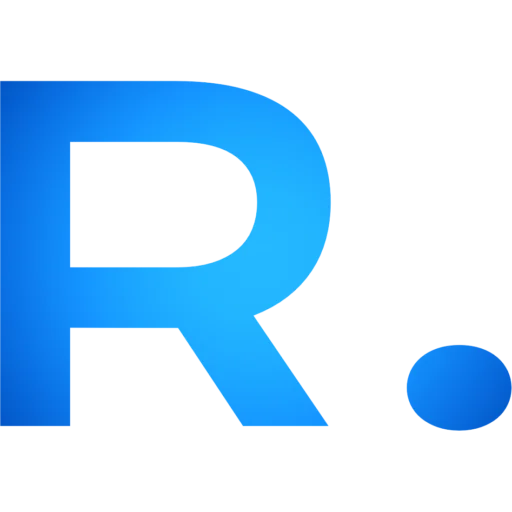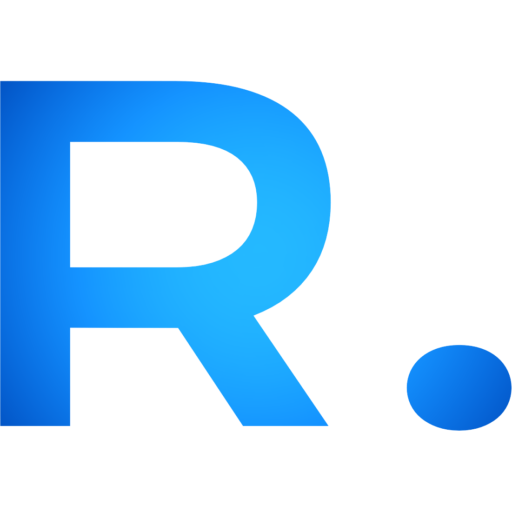Pour toute opération de recyclage réussie, le parcours du déchet à la matière première précieuse exige une précision à chaque étape. Après avoir transformé les bouteilles post-consommation en flocons propres dans un délai de système de recyclage de bouteilles en PET haute performanceUne décision cruciale se pose : comment transformer ces flocons en leur forme la plus commercialisable ? La granulation est la solution, mais le choix de la technologie adéquate est primordial.
Les deux méthodes dominantes du secteur sont la granulation traditionnelle par filaments et la granulation sous-marine (UWP), plus avancée. Chacune offre des avantages distincts et présente des considérations opérationnelles et financières différentes. Ce guide propose une comparaison directe pour vous aider à déterminer la solution optimale pour votre activité rPET.
Le cheval de bataille : comprendre la granulation des brins
Le procédé de granulation des brins est une méthode robuste et largement adoptée. Le flux de travail est linéaire et visuellement intuitif :
- Extrusion: Le rPET fondu est extrudé à travers une tête de filière, formant des brins continus ressemblant à des spaghettis.
- Refroidissement: Ces brins traversent un bain d’eau ou une auge pour refroidir et se solidifier.
- Déshydratation : Un couteau à air ou une unité d'aspiration souffle l'excès d'eau de la surface des brins.
- Coupe: Les brins refroidis et secs sont introduits dans un granulateur, où un rotor à grande vitesse équipé de lames de coupe les hache en granulés cylindriques.
La méthode de précision : comprendre la granulation sous-marine (UWP)
La granulation sous-marine est un processus plus intégré et automatisé, apprécié pour sa précision et sa cohérence.
- Extrusion et découpe : Le rPET fondu est extrudé à travers une filière en contact direct avec un système de circulation d'eau. Des lames rotatives découpent le polymère en granulés dès sa sortie de la filière, sous l'eau.
- Refroidissement et transport : Les granulés sphériques nouvellement formés sont immédiatement solidifiés par l'eau et transportés sous forme de boue loin de la tête de filière.
- Déshydratation : La boue est introduite dans un sécheur centrifuge, qui tourne à grande vitesse pour séparer l'eau des granulés, ce qui donne un produit fini sec.
Comparaison directe : Strand vs. Underwater
Le choix d’un système de granulation pour le rPET nécessite une analyse minutieuse de plusieurs facteurs clés.
1. Qualité et consistance des granulés
- Granulation de brins : Produit des granulés cylindriques uniformes. Cependant, le procédé est sujet à la rupture de brins, ce qui peut entraîner des variations de longueur des granulés (« longs ») et la production de poussières ou de fines. La qualité dépend fortement de la compétence de l'opérateur au démarrage.
- Granulation sous-marine : Produit des granulés sphériques ou lenticulaires (en forme de lentille) très uniformes, avec des variations de taille et de forme minimales. Le refroidissement immédiat produit très peu de poussières et de fines particules. L'UWP est généralement considéré comme produisant des granulés de qualité supérieure et plus homogène, souvent exigés par les applications haut de gamme.
2. Exigences opérationnelles et complexité
- Granulation de brins : Le processus est plus manuel, notamment au démarrage, où un opérateur « enfile » manuellement les brins de la tête de filière à la granuleuse. Bien que cela nécessite de la main-d'œuvre, cela rend le système plus tolérant aux fluctuations de viscosité de la matière fondue et facilite le dépannage visuel pour les opérateurs.
- Granulation sous-marine : Il s'agit d'un système hautement automatisé en boucle fermée nécessitant moins d'intervention de l'opérateur pendant le cycle. Cependant, le procédé est plus complexe et sensible. Son bon fonctionnement exige une grande stabilité du procédé d'extrusion (fluidité, pression et température). La mise en service et la maintenance requièrent généralement un niveau de compétences techniques plus élevé.
3. Investissement initial et empreinte
- Granulation de brins : L'investissement initial pour une ligne de granulation de brins est nettement inférieur à celui d'un système UWP. L'équipement est mécaniquement plus simple. Cependant, l'encombrement peut être important en raison du bac de refroidissement nécessaire.
- Granulation sous-marine : Cette technologie entraîne un investissement initial plus élevé, dû à la précision de la tête de coupe, du système de trempe à l'eau et du sécheur centrifuge. L'encombrement global est cependant souvent plus compact.
4. Meilleures applications du rPET
- Granulation de brins : Un excellent choix économique pour la production de granulés de rPET à usage général, le compoundage et les applications où de légères variations de forme sont acceptables. C'est une solution fiable pour les opérations où la réduction des coûts d'investissement initiaux est une priorité.
- Granulation sous-marine : Le choix idéal pour les applications haut de gamme exigeant une uniformité parfaite des granulés pour un traitement stable. Cela inclut le moulage par injection de pièces aux géométries complexes, les composants automobiles et le compoundage de plastiques techniques de haute qualité, où la régularité est un critère essentiel.
Tableau récapitulatif
| Fonctionnalité | Granulation de brins | Granulation sous-marine (UWP) |
| Forme de granulés | Cylindrique | Sphérique / Lenticulaire |
| Qualité des granulés | Bon à excellent, risque d'amendes | Excellent à Premium, très uniforme |
| Complexité | Démarrage plus bas et plus manuel | Plus haut, automatisé, plus sensible |
| Coût initial | Inférieur | Plus haut |
| Empreinte | Plus long | Plus compact |
| Idéal pour | Opérations à usage général et sensibles aux coûts | Applications haut de gamme, cohérence parfaite |
Conclusion : faire le bon choix
Le choix entre la granulation en brins et la granulation sous-marine est stratégique. Si votre modèle économique est axé sur la production de rPET fiable et rentable pour un large marché, l'investissement initial réduit et la simplicité d'utilisation d'une ligne de granulation en brins en font un choix intéressant. Si votre objectif est de cibler des marchés haut de gamme exigeant un niveau de qualité et de régularité optimal, le rendement supérieur et l'automatisation d'un système de granulation sous-marine justifient un investissement plus important.
En fin de compte, le succès de l'une ou l'autre méthode de granulation dépend de la qualité du matériau d'entrée. Un flocon propre, sec et homogène, produit par un corde à linge robuste en plastique PET, est fondamentale pour obtenir un granulé final de haute qualité.
Chez Energycle, nous pouvons vous aider à analyser vos besoins spécifiques afin de déterminer la meilleure solution de traitement à valeur ajoutée pour vos matériaux recyclés. Contactez notre équipe technique pour discuter de votre projet.



